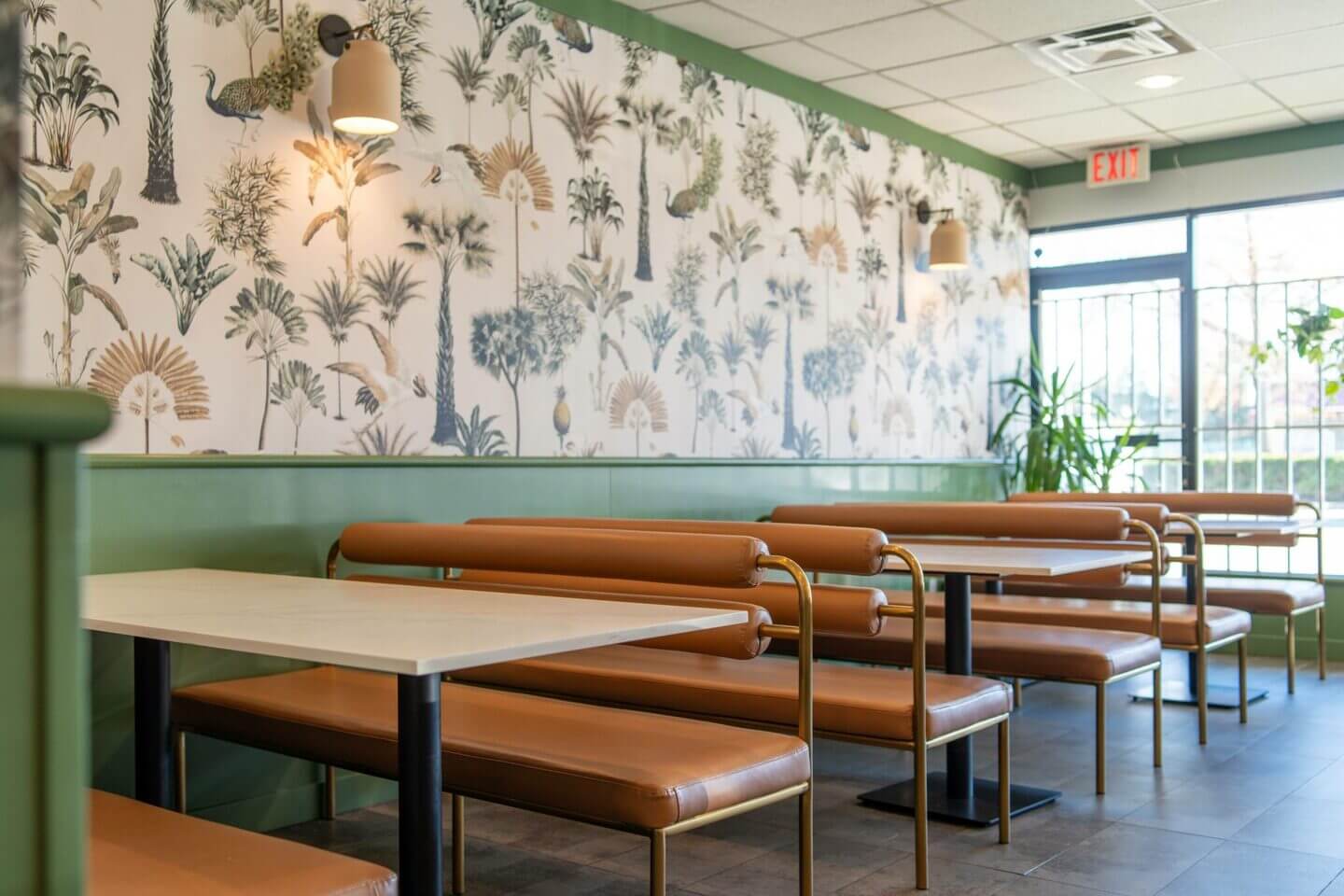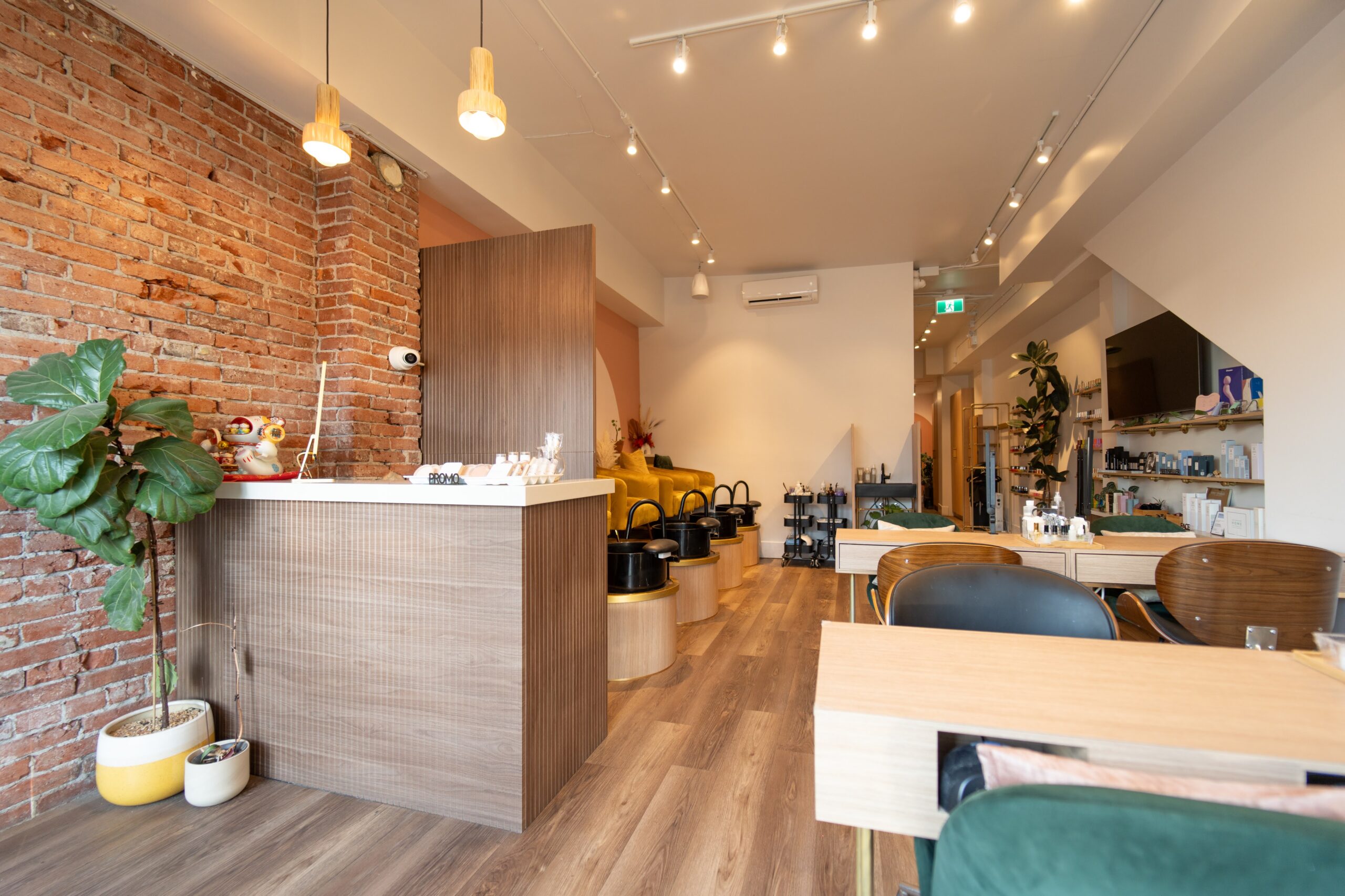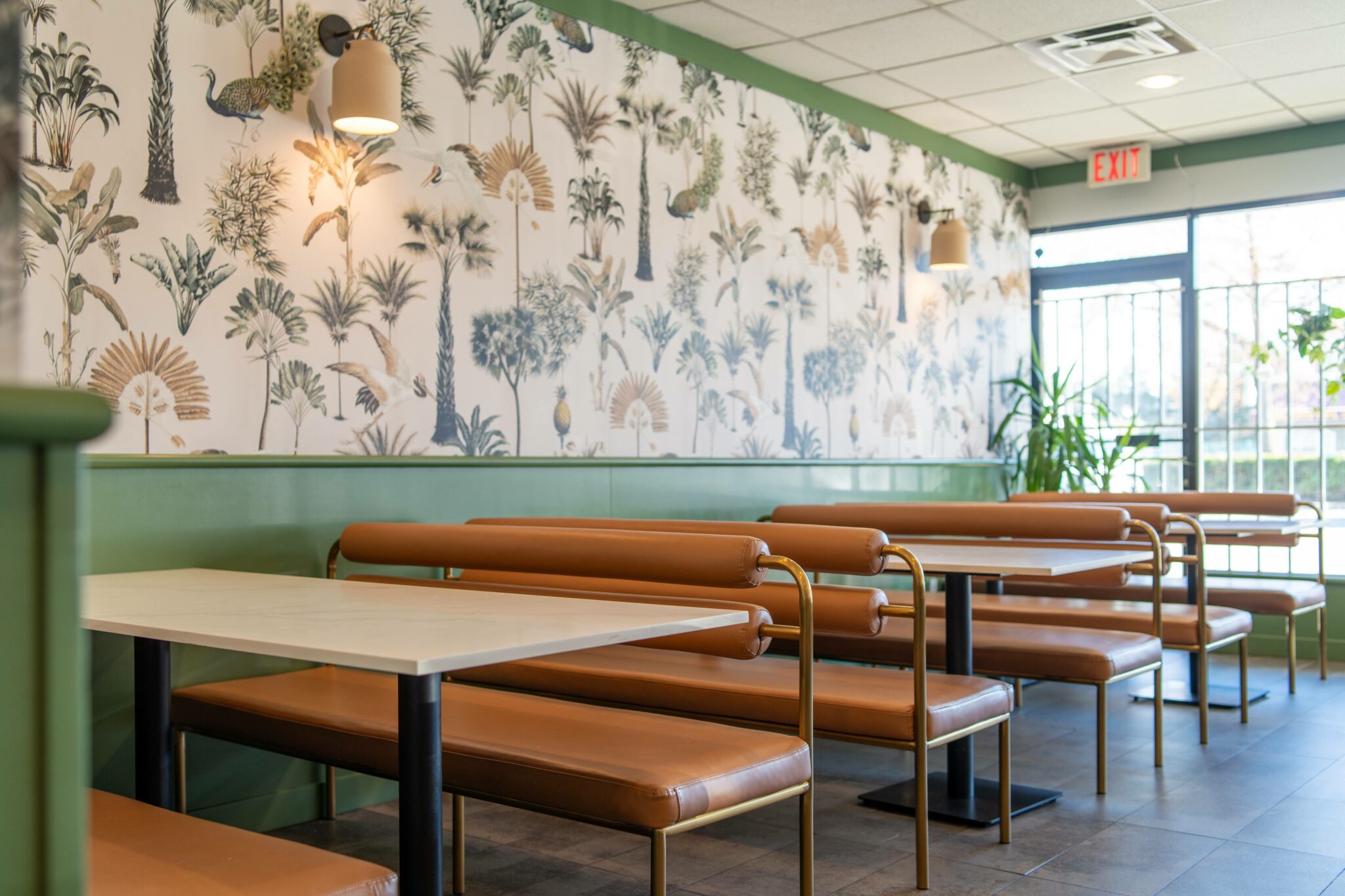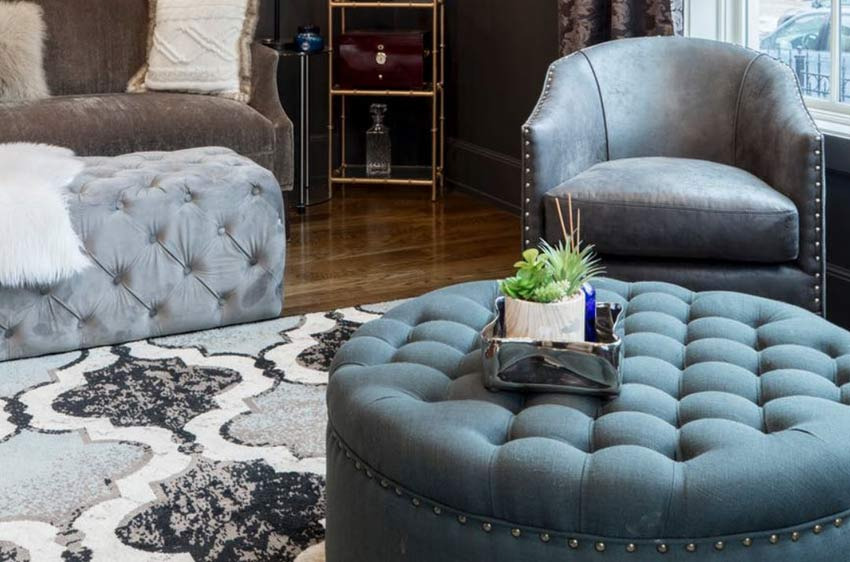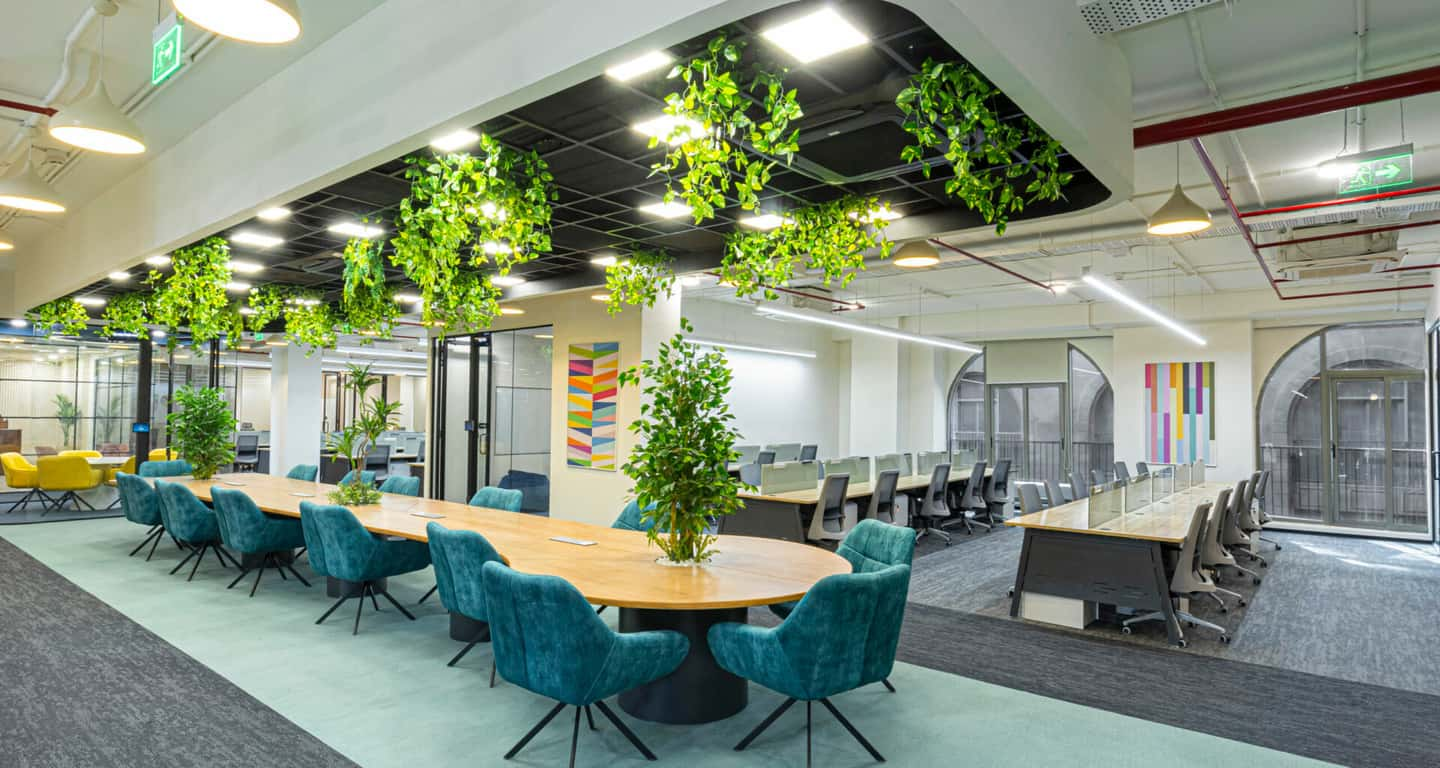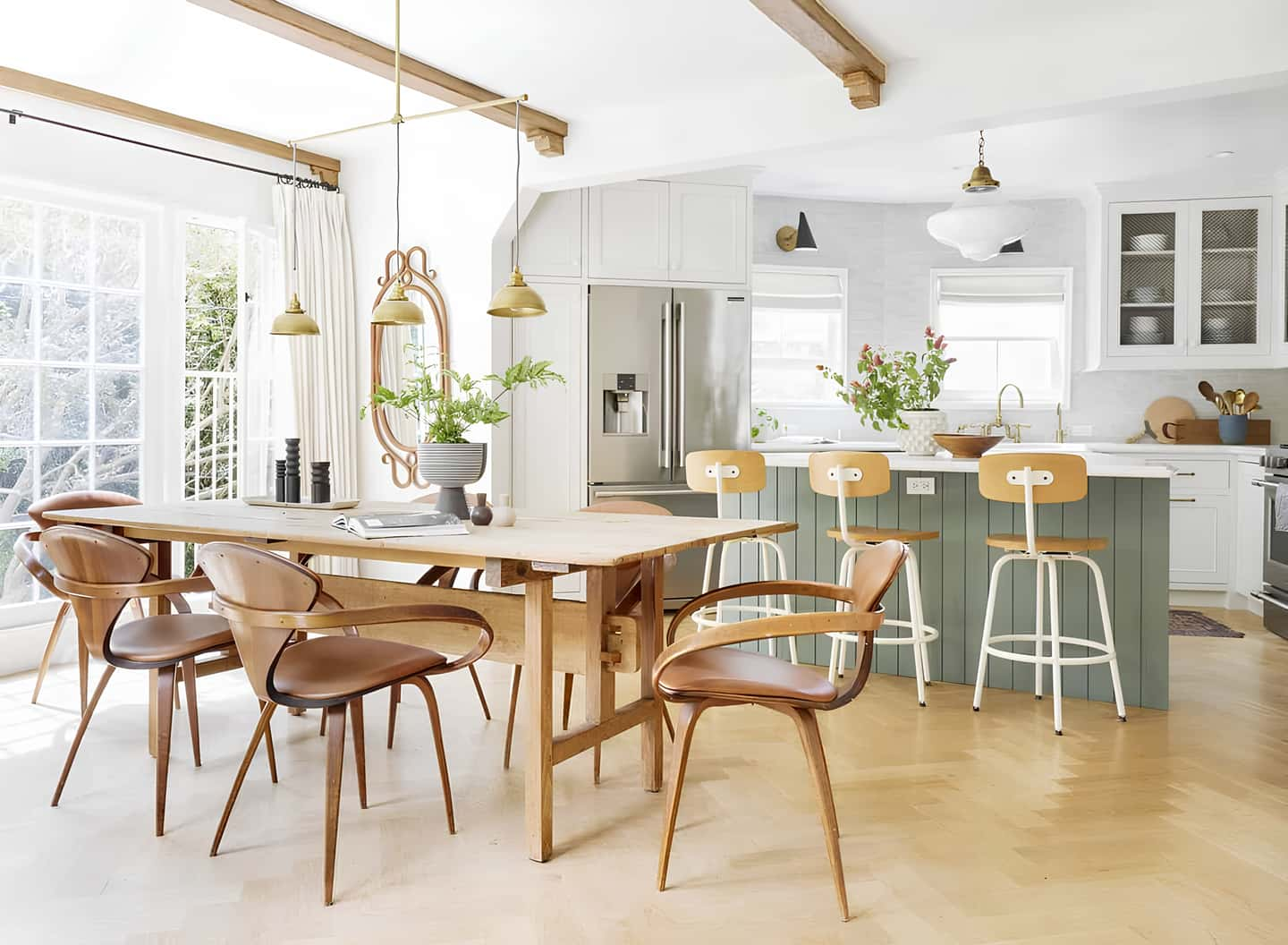One of the most important parts of the interior design process is the initial meeting. As the designer, it’s my first chance to meet the client, find out what their wants and goals are, and start gathering information that will help me plan the whole project. A good consultation sets the stage for a smooth design process and a place that truly reflects the client’s goals and way of life.
Getting ready for the meeting
I always do some work ahead of time to make sure the meeting with a new client goes well. For an existing house job, I look up the property online to get an idea of the layout, square footage, and any interesting architectural features. I also look up the person to find out more about them and their history. If I know more about the situation before the meeting, I can better prepare my questions and how I talk to them.
I also make sure I have everything I need for the consultation:
- A folder with my business card, a list of services, and my portfolio; – A tablet with design questions and pictures to inspire you.
- swatches of fabric, paint decks, and finish samples to talk about the client’s style preferences.
- a laser level and a notebook to write down measurements and notes about the room.
- My calendar to plan any next steps that need to be taken before the meeting ends.

The Meeting for Consultation
As soon as I get to the client’s home or office, I introduce myself and go over the next steps. I also let the client know how the meeting will work and how long it will take. Trust and getting to know each other are very important from the start.
After that, I show the client around the place room by room. I carefully write down how they use each area now, what works, and what they’re having trouble with by asking them questions. We talk about their list of must-haves and wish-list items for the makeover. If the job is a new build, I look over the floor plans and drawing carefully.
I’m trying to find important facts during the meeting:
- The client’s taste in style and pictures that inspire them
- They should specify the general scope, like which rooms they want to include and which ones they consider most important.
- What you like and don’t like about the present space – Any collections, furniture, or sentimental items you want to include – Functional needs and pain points that you want to solve through design – Your budget and schedule
I walk the client through my design questions to make sure I don’t forget anything important. I also show them some related samples of my work to see how they react and to get a feel for their style. We can learn so much from seeing how the client reacts to different colors, patterns, and design features.
Before I finish, I go over what I know about the job and point out any important insights. How I do things and the design services I offer are talked about. I let the client know that I will send them a detailed proposal and scope of work if the job seems like a good fit. At the end, I always thank them for their time and tell them how excited I am about the chance to work together.
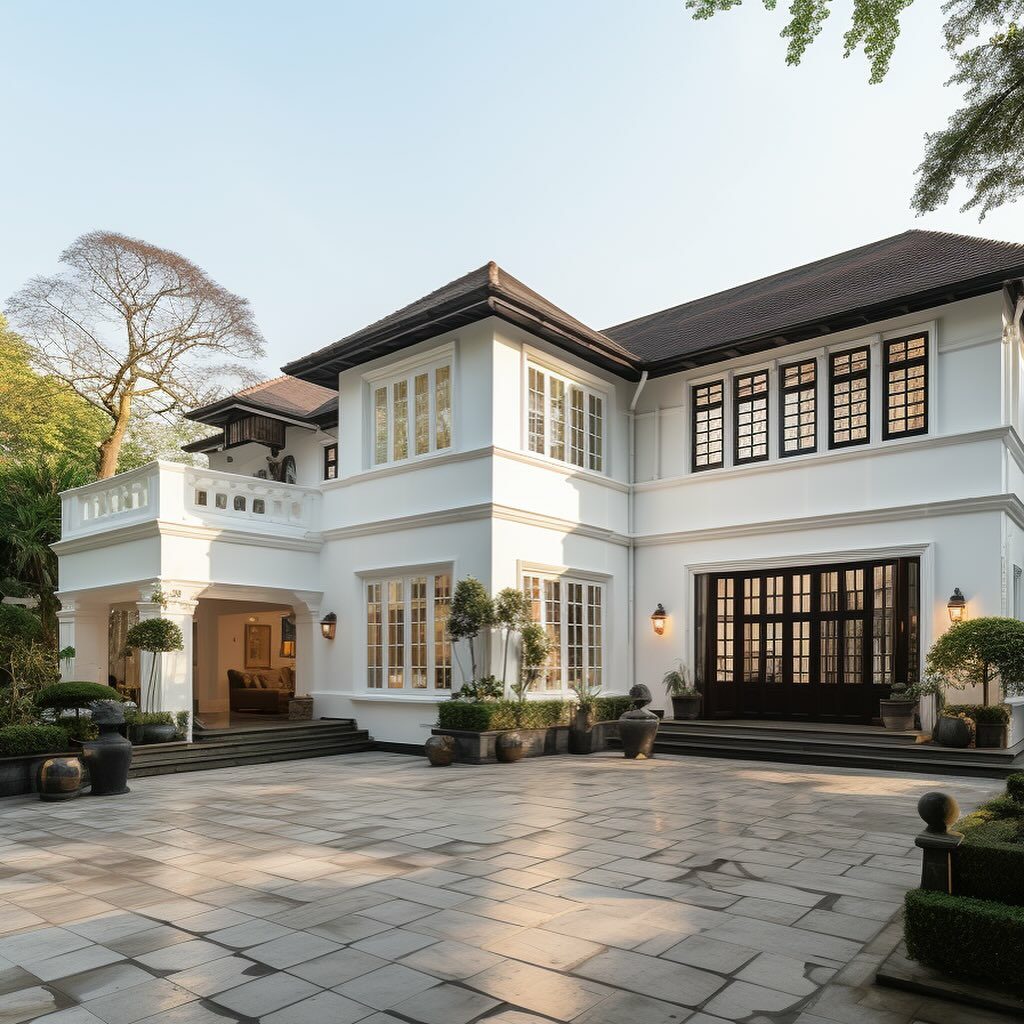
Making the brief for the design
To start, the brief gives a brief history of the client and their house. I’ve written about the area, the rooms that are part of it, and the design problems and chances I have found. I lay out the project’s general goals, both in terms of how it looks and how it works. I include any inspiring pictures the client sends along with the design style they want to use if they have one.
The budget and schedule are two of the most important parts of the brief. I list the range of investments the client has agreed to make and the goal completion date we talked about. If the job will be done in stages, I divide the budget and timetable into those stages. To avoid scope creep later on, it’s important to have these parameters clearly outlined from the start.
The outputs for the project are at the end of the brief. I write down everything I’m going to do, from making floor plans and drawings to choosing materials and buying furniture. I think it’s best to be very clear about what will happen so the client knows what to expect.
When the plan is done, I send it to the client so they can look it over and give their OK before I move forward. In this way, they can make any details clearer or add any information that is missing. After being accepted, the brief becomes the document that all design decisions are based on.
Why a thorough brief is important
It’s very important to put time and effort into the first meeting and the design plan that comes out of it. Being thorough at the start of a job saves a lot of time and trouble later on. It helps me get a good idea of how much the design will cost and avoid making changes in the middle of the project that can go over budget and miss the deadline.
The most important thing is that a good brief gives me the information I need to make a place that truly represents the client. From the start, the more I know about their lifestyle, goals, and vision, the better I can turn that into a design that makes sense to them. It makes the client more confident in my ability to meet their goals and helps us work together in a good way.
In my opinion, the first step in a project’s success is the consultation and design brief process. This creates the conditions for beautiful, custom-made rooms and content clients when done with care. That’s why I put all of my attention and creativity into this initial part. It’s always a good use of time.

I am a design enthusiast that loves writing about the latest trends and style when it comes to commercial and residential interior design. I also love architecture and buildings.


